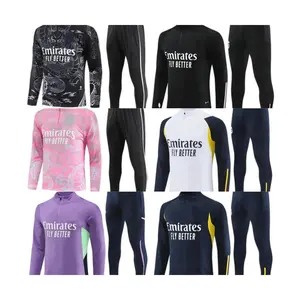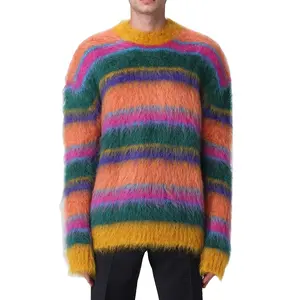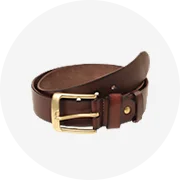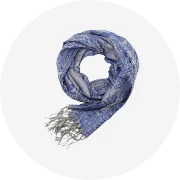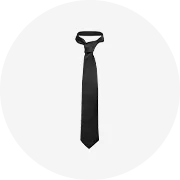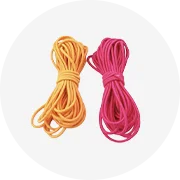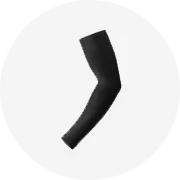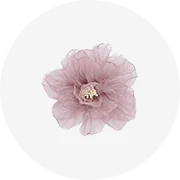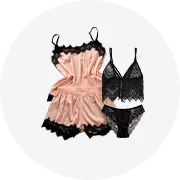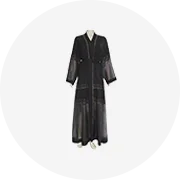Beliebt in Ihrer Branche










































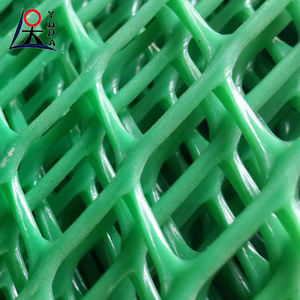



























Ähnliche Suchanfrage:







































































































































































Top-Kategorien
Über züchtung hühner netz
Wählen Sie aus einer Vielzahl von schönen. züchtung hühner netz auf Alibaba.com. Diese Kleidungsstücke sind ideal für eine Vielzahl von Anlässen, sei es für ungezwungene Ausflüge, Partys oder sogar formelle Veranstaltungen. züchtung hühner netz Die auf der Website angebotenen Kleidungsstücke stammen von zuverlässigen Marken, die die beste Qualität von Materialien und Nähten gewährleisten . Sie wurden entwickelt, um den Körpertyp des Trägers zu ergänzen und sein Aussehen zu verbessern. züchtung hühner netz Das Angebot auf der Website reicht von einfachen, einfarbigen Mustern bis hin zu verzierten oder handgefertigten Stickereien.
züchtung hühner netz, die auf Alibaba.com angeboten werden, sind in allen Größen erhältlich, insbesondere in kleinen oder großen Größen, um die breiteste Basis von Trägern bedienen zu können. Größen für Mädchen und Kleinkinder sind ebenfalls erhältlich. züchtung hühner netz sind in verschiedenen Längen und Schnitten erhältlich. Diese reichen von Bodycon, Scheide, Schürze, Maxi und einer Vielzahl anderer Typen. züchtung hühner netz, die auf der Website angeboten werden, sind in vielen aufregenden Drucken und Mustern erhältlich, damit der Träger seinen einzigartigen Sinn zeigt des Stils.
züchtung hühner netz, das auf der Website angeboten wird, bietet viele zusätzliche stilistische Variationen traditioneller Kleider. Einige sind mit Gürteln und Schärpen ausgestattet, die den Look vervollständigen. Diese. züchtung hühner netz reichen von lässiger Alltagskleidung bis hin zu Designerstücken, die bei den anspruchsvollsten gesellschaftlichen Anlässen beeindrucken werden. Diese. züchtung hühner netz sind ein Genuss für die Augen und passen auch bequem, sodass der Träger problemlos modisch aussehen kann.
Kaufen Sie aus der Vielzahl von. züchtung hühner netz auf Alibaba.com und verleihen Sie Ihrem Kleiderschrank etwas Modernität und Schwung. Diese sind auch ideal für. züchtung hühner netz Lieferanten, die sich mit eleganten Stücken eindecken möchten, die die Verbraucher beeindrucken werden. Mit den attraktiven Rabatten auf der Website war es noch nie einfacher, trendy auszusehen!
